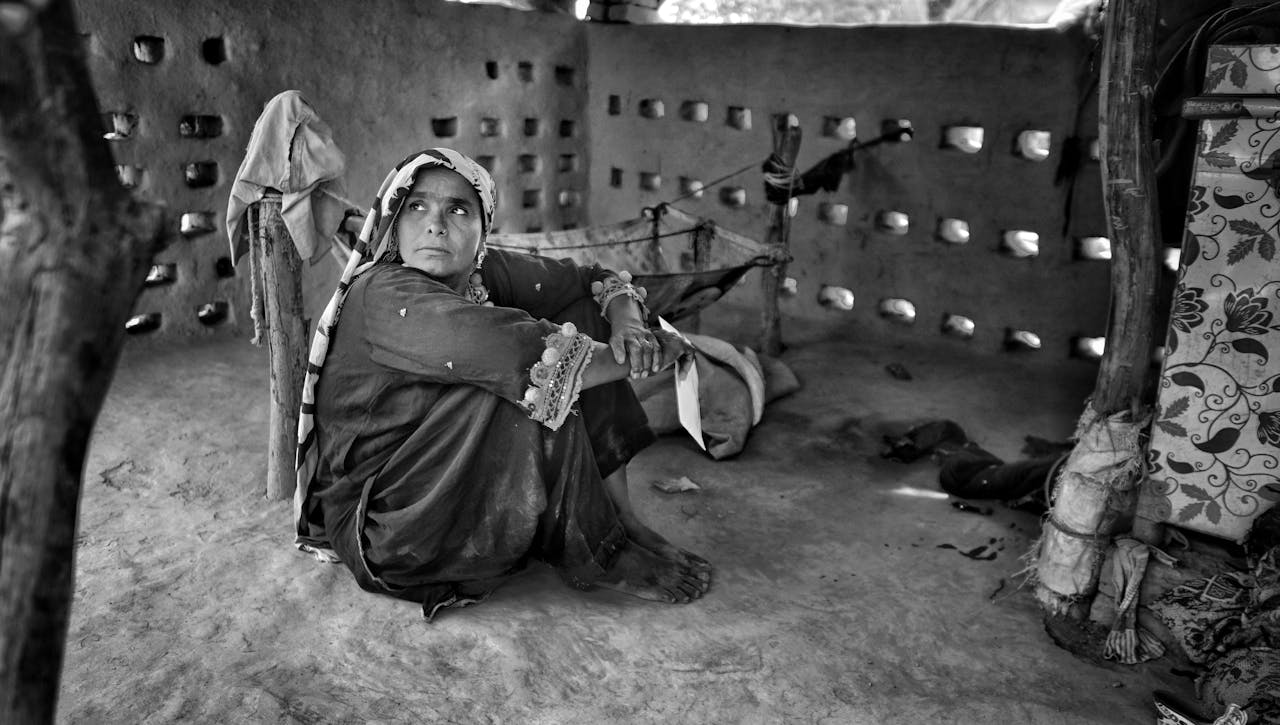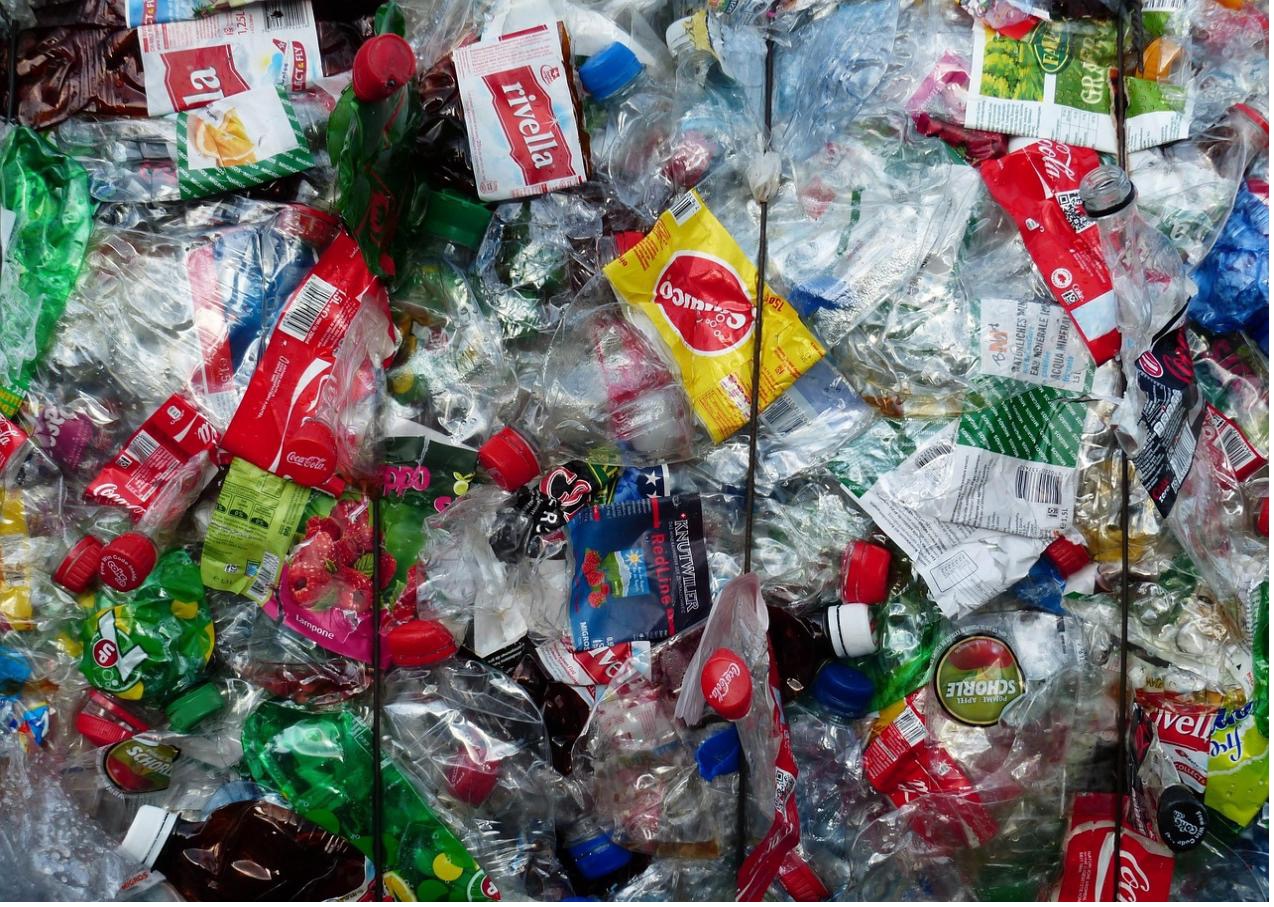Per Article 51 of the Constitution of the Islamic Republic of Pakistan, 60 out of 336 seats in the National Assembly are reserved for women. Prior to reservation of seats, the representation of women in politics was limited and marginalized. Reserved seats enabled women to engage in parliamentary processes, raising issues related to women’s rights and advocating for policies targeting gender equality, such as the Domestic Violence Bill.
Still, the system is criticized for limiting the role of women in decision-making. An example is the Domestic Violence Bill passed by the National Assembly in April 2021, which the Senate rejected. The basis of the rejection was due to opposition from various religious and political groups (Dawn, 2021). While cases like these show recognition of women’s rights, the continuing prevalence of violence against women shows that social and cultural issues remain deeply entrenched in Pakistani society.
In 2023, a total of 10,201 cases of violence against women were reported in Pakistan, marking a 14.5% increase from 8,787 in 2022. Around “28 women faced some form of violence” daily in Punjab in 2023. Further, in the same year, up to 6,624 rape cases were reported in the country (Dawn, 2023). Violence against women in Pakistan has taken the form of honor killings, acid attacks, domestic violence, rapes, sexual harassment, forced marriages, judicial harassment, and the list goes on (Human Rights Commission of Pakistan, 2022). It is indeed a grave issue which requires immediate attention and considerable reforms.
The recent socio-cultural trends in Pakistan show the inability and unwillingness of the state to protect women (see UN Women, 2023, p. 5). The lack of implementation of laws has arguably increased the number of occurring incidents, which has created terror in women and unaccountability in men.
Multiple laws exist that ensure the safety of women, such as:
- The Protection of Women Against Harassment at Workplace Act, 2010,
- The Prevention of Anti-Women Practices (Criminal Law Amendment) Act, 2011
- The Acid Control and Acid Crime Prevention Act, 2010,
- The Punjab Protection of Women Against Violence Act, 2016,
- The Sindh Protection of Women Against Harassment at Workplace Act, 2012.
- The Khyber Pakhtunkhwa Elimination of Custom of Ghag (forcibly claiming a Woman) Act, 2019,
- The Islamabad Capital Territory Protection of Women Against Harassment at Workplace Act, 2010.
Despite the existence of these laws, the security and safety of women remain a challenge. Numerous social, cultural, and traditional barriers hinder the effective implementation of these laws. For women living in rural areas, there is even further limited access to justice because of inadequate information and awareness of law and enforcement. This forms a gap between the incidents in reality and the reported incidents, the latter being much fewer in numbers.
Pakistani society is a patriarchal society where men have much more authority than women. Pre-defined traditional roles create a power imbalance by dictating that women should be submissive and obedient, while men hold authoritative positions. Cultural practices enable men to objectify and control, while many women themselves glorify this. From an early age, women are conditioned to believe that enduring hardships for the sake of their family is a virtuous act. This notion is reinforced through media, folk songs, and TV dramas – which portray enduring abuse as a sign of love and loyalty. There’s a pervasive notion that women have to endure violence with resignation and patience. The expectation of “sabar karna” [being patient] reinforces the idea that a woman must tolerate domestic tensions (sometimes abuse) to maintain a functional marriage.

There also appears to be a label of honor linked to the identity of household women. A societal blemish or deviation in their lives, oftentimes not a fault of their own but of other men, can lead to violence against women for the sake of restoring family honor. Furthermore, there is a stigma against speaking up or reporting incidents because of the shame culture. All this and the weak implementation of laws against sexual violence, domestic abuse, and harassment incidents create an environment where perpetrators can often act with impunity.
Various customs pertaining to oppression against women are currently practiced around the country despite being declared illegal. Karo-Kari is a tradition in which a woman accused of adultery is killed, making it acceptable under the disguise of family honor. Two cases of Karo-Kari were reported in Sindh on April 10th, 2024. Barrister Zamir Ghumro, former advocate general Sindh, has commented that Karo-Kari is an act of murder and should be treated as such (Bhanbhro et al., 2013).
Another custom is Vani or Swara, commonly practiced in blood feuds where a girl is wedded to a member of an enemy clan to compensate for lives lost (Munir & Akhtar, 2014). A recent event was held in the Regi-Lalma area of Peshawar from October 11 to October 13. The Pashtun Tahafuz Movement (PTM) organized the event, demanding to ban the practice of Vani and Swara.
An additional tradition that persists is the custom of Ghag, where a man can claim a woman for marriage without the prior consent of the girl or her family (Hadi, A, 2019). This also makes her unavailable to other marriage proposals.
In addition to those mentioned above, other customs are Watta-Satta, Pait Likhi, and Marriage with the Qur’an. Since 2005, most of these practices have been banned, but are practiced less explicitly. The courts have been acting against these traditions recently, but prosecutions are difficult since most victims do not report such incidents.
Even people with high educational backgrounds hold outdated misogynistic views. Fikree et al. (2005), for example, interviewed 174 married men, of whom 46% thought that husbands have a right to hit their wives. A 2018 International Republican Interview survey of Pakistan (IRI, 2019) showed that 57% of Pakistanis would choose a man for a role if both candidates were equally qualified, with the only difference being their gender.
News examples like the brutal murder of Noor Mukadam, a diplomat’s daughter who was beheaded and tortured by Zahir Jaffer, an industrialist’s son, leave one shaking. Despite being sentenced to death in February 2022, Zahir Jaffer has yet to face punishment (Shams, 2021). There are many high-profile cases, such as the Lahore Motorway Rape case in which a woman was raped in front of her children. Then there are the Zainab Ansari case – the 8-year-old child assaulted and murdered in 2018 – and the Asma Rani case, who was killed after rejecting a marriage proposal (Hadi, 2019). This is a reality that reveals the insecurity that women face, knowing it could be them.
While the present position of women is marginally improving, it is vital for women and men to speak up against violence and oppression. The gender-based violence and oppression call for immediate attention. The government must ensure the implementation of laws and allocate resources to support victims. NGOs and movements like Aurat March are working tirelessly to address these issues. Aurat March and NGOs work for systematic changes and challenge toxic societal norms. Awareness should be raised, and a collective effort should be taken to break from the shackles of violence and oppressive patriarchy.
References
- Bhanbhro, S., Wassan, M. R., Shah, M., Talpur, A. A., & Wassan, A. A. (2013). Karo Kari: the murder of honour in Sindh Pakistan: an ethnographic study. International Journal of Asian Social Science, 3(7), 1467-1484.
- Dawn. (2021). Domestic violence bill rejected in Senate. Dawn.
- Dawn. (2023). Pakistan to face challenging economic conditions, warns IMF. Dawn.
- Fikree, F. F., Razzak, J. A., & Durocher, J. (2005). Attitudes of Pakistani men to domestic violence: a study from Karachi, Pakistan. Journal of men’s health and gender, 2(1), 49-58.
- Hadi, A. (2019). Patriarchy and gender-based violence in Pakistan. European Journal of Social Science Education and Research, 6(1), 113-125.
- Human Rights Commission of Pakistan. (2022). Annual report on violence against women in Pakistan.
- IRI. (2019). National survey of public opinion in Pakistan. International Republican Institute.
- Isran, S., & Isran, M. A. (2012). Status of Women in Pakistan: A Critical Analysis. JISR Management and Social Sciences & Economics, 10(2), 85–99.
- Munir, A., & Akhtar, N. (2014). A social custom “Vani”: Introduction and critical analysis. VFAST Transactions on Education and Social Sciences, 2(1), 65-68.
- Shah, S. A., & Sultana, M. (2020). Impact of reserved seats on the political status of women in Pakistan: A critical analysis. Gender and Politics, 18(1), 55-72.
- Shams, A. (2021, July 23). Noor Mukadam’s murder: A timeline of events. Dawn News.
- UN Women. (2023). Summary of the National Review on the implementation of the Beijing Platform for Action in Pakistan. UN Women.






